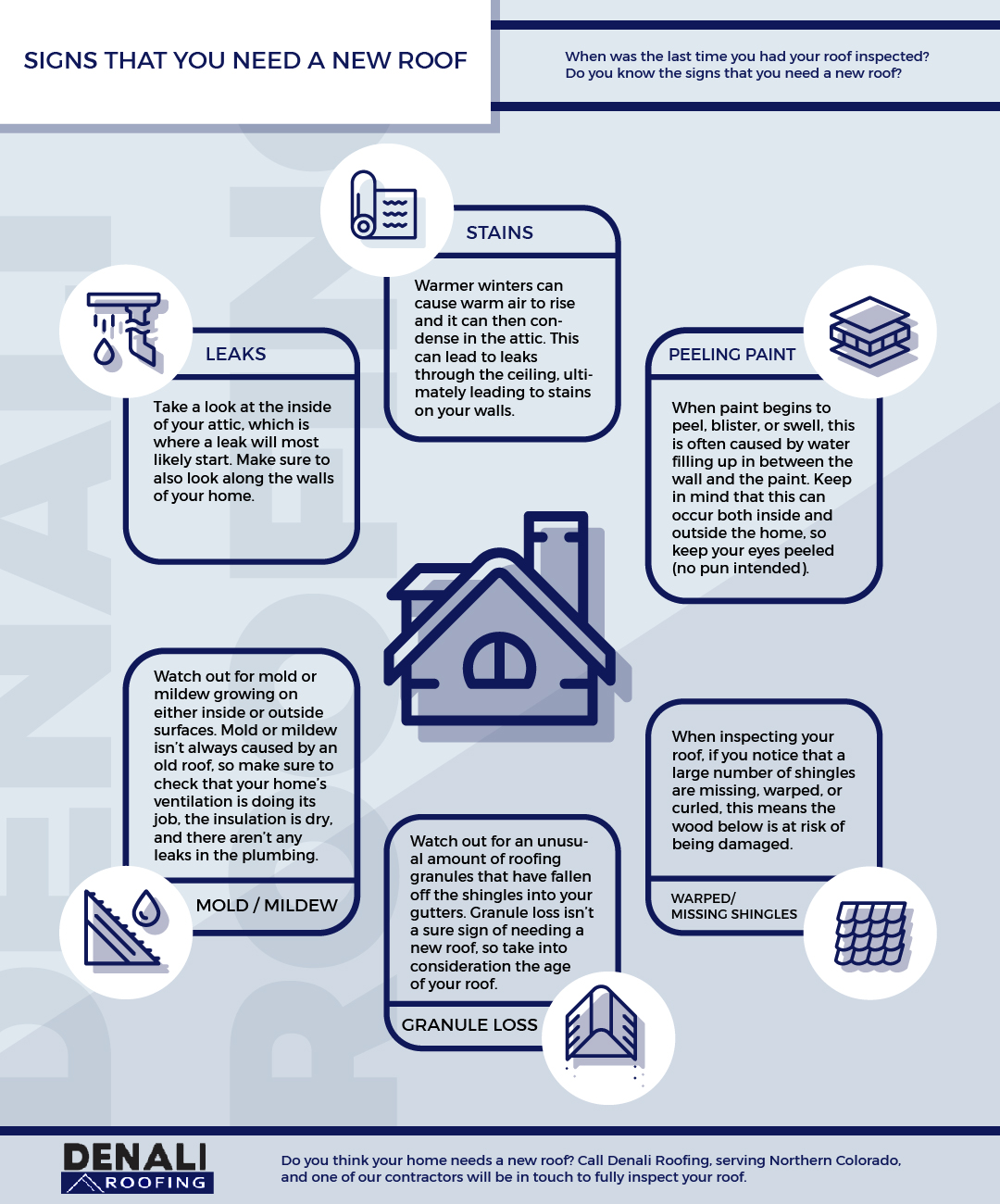Forgeting The Value Of Roof Ventilation Can Lead To Substantial Damage; Determine The Important Facets That Help With A Successful Installation And Safeguard Your Financial Investment
Forgeting The Value Of Roof Ventilation Can Lead To Substantial Damage; Determine The Important Facets That Help With A Successful Installation And Safeguard Your Financial Investment
Blog Article
Team Author-Lassiter Thomsen
When you're tackling a roofing task, you could not believe much regarding roofing ventilation, yet it's more essential than you recognize. Efficient air flow aids regulate temperature level and moisture in your attic room, preventing problems like mold and mildew and architectural damage. By recognizing exactly how to design and set up a balanced ventilation system, you can boost energy effectiveness and extend the life-span of your roof covering materials. So, what are the vital aspects to consider throughout installation that can make all the distinction?
Relevance of Roofing Air Flow
Roofing ventilation plays an essential function in maintaining the overall health and wellness of your home. By allowing fresh air to flow with your attic, it aids manage temperature and wetness levels. This equilibrium is essential to avoid warmth buildup throughout hot months, which can lead to boosted energy expenses as your air conditioning works overtime.
In addition, appropriate air flow substantially reduces the threat of moisture-related concerns like mold and mold. If humidity degrees climb, your home's structural stability can be jeopardized, causing pricey fixings. You would not wish to deal with deteriorating timber or warped roofing products, right?
Additionally, sufficient ventilation extends the life-span of your roof. When warmth and wetness are kept in check, your roof can do optimally, preventing premature damage. This indicates less frustrations and expenses down the line.
How Roofing System Air Flow Works
Efficient roofing system air flow depends on the natural activity of air to produce an equilibrium in between intake and exhaust. When you install vents, you're basically allowing fresh air to enter your attic while enabling hot, stale air to leave. This procedure helps manage temperature and dampness levels, protecting against concerns like mold and mildew growth and roof covering damage.
Consumption vents, normally located at the eaves, pull in amazing air from outside. Meanwhile, exhaust vents, situated near the ridge of the roofing system, let hot air increase and departure. The distinction in temperature creates a natural airflow, referred to as the pile result. As warm air increases, it produces a vacuum cleaner that draws in cooler air from the lower vents.
To maximize this system, you need to make sure that the intake and exhaust vents are effectively sized and positioned. If the consumption is limited, you won't attain the wanted ventilation.
Likewise, not enough exhaust can trap heat and moisture, causing potential damage.
Secret Installation Factors To Consider
When installing roofing air flow, several crucial factors to consider can make or damage your system's efficiency. Initially, you require to assess your roof covering's layout. The pitch, form, and materials all affect air flow and ventilation choice. Ensure to select vents that suit your roof covering kind and neighborhood climate conditions.
Next, take into consideration the positioning of your vents. Ideally, you'll want a well balanced system with intake and exhaust vents positioned for optimum air movement. Location consumption vents low on the roofing system and exhaust vents near the top to encourage an all-natural circulation of air. This configuration helps avoid wetness build-up and promotes power effectiveness.
Don't forget about insulation. Correct insulation in your attic protects against heat from running away and keeps your home comfortable. Guarantee that insulation doesn't block your vents, as this can prevent airflow.
Finally, consider mouse click the following web page . Select https://www.wakefieldexpress.co.uk/education/poorly-built-and-poorly-managed-inquiry-finds-multiple-failings-in-leaky-sandal-magna-school-roof-saga-over-15-years-3307578 that are easy to access for cleaning and inspection. Routine upkeep ensures your system remains to function successfully gradually.
Final thought
To conclude, roof covering ventilation is vital for an effective installation. By guaranteeing correct airflow, you can protect against warm build-up and dampness issues that bring about costly damages. When you purposefully position consumption and exhaust vents, you enhance power performance and prolong the lifespan of your roofing system. Bear in mind, a well-ventilated roof not only protects your financial investment yet additionally boosts your interior air quality. So, prioritize ventilation to guarantee a resilient and cost-effective roofing system for your home.
